Philco newbie with P-1891-WA console questions
Posts: 3
Threads: 1
Joined: May 2025
City: Meadow Valley
State, Province, Country: California
I’m very new to vintage solid state repair and have many questions but will stick to some broad descriptions of what’s going on with this unit and what I’ve done so far.
The thing “works” as in it puts out sound from both radio and record player but the sound is … muffled, crackly, and all around weak. I’ve contact cleaned the potentiometers and got less “crackle” so happy with that.
My internet research has taught me terms like recapping, output transistors, speaker coils, speaker capacitors, transformers, etc. I am gleaning consistent info suggesting replacing power in and speaker capacitors, checking output transistors, and cleaning speaker coils.
Sound like a good place to start?
If so, how do I know if my output transistors are “NPN” or”PNP”? They are labeled philco HR101B 6515 1012. And what is a good way to insulate the base of them back to the heat sink? Also, they just pull out, the leads are not soldered to anything. Problem? Or normal?
Also don’t know how to check speaker coils besides if they are shorted. Can’t find info on if they’re wearing out (do they?) Anyway, that seems to be a good start. I’ll try to get my 10 yr old daughter to show me how to post photos if deemed necessary!
Thanks
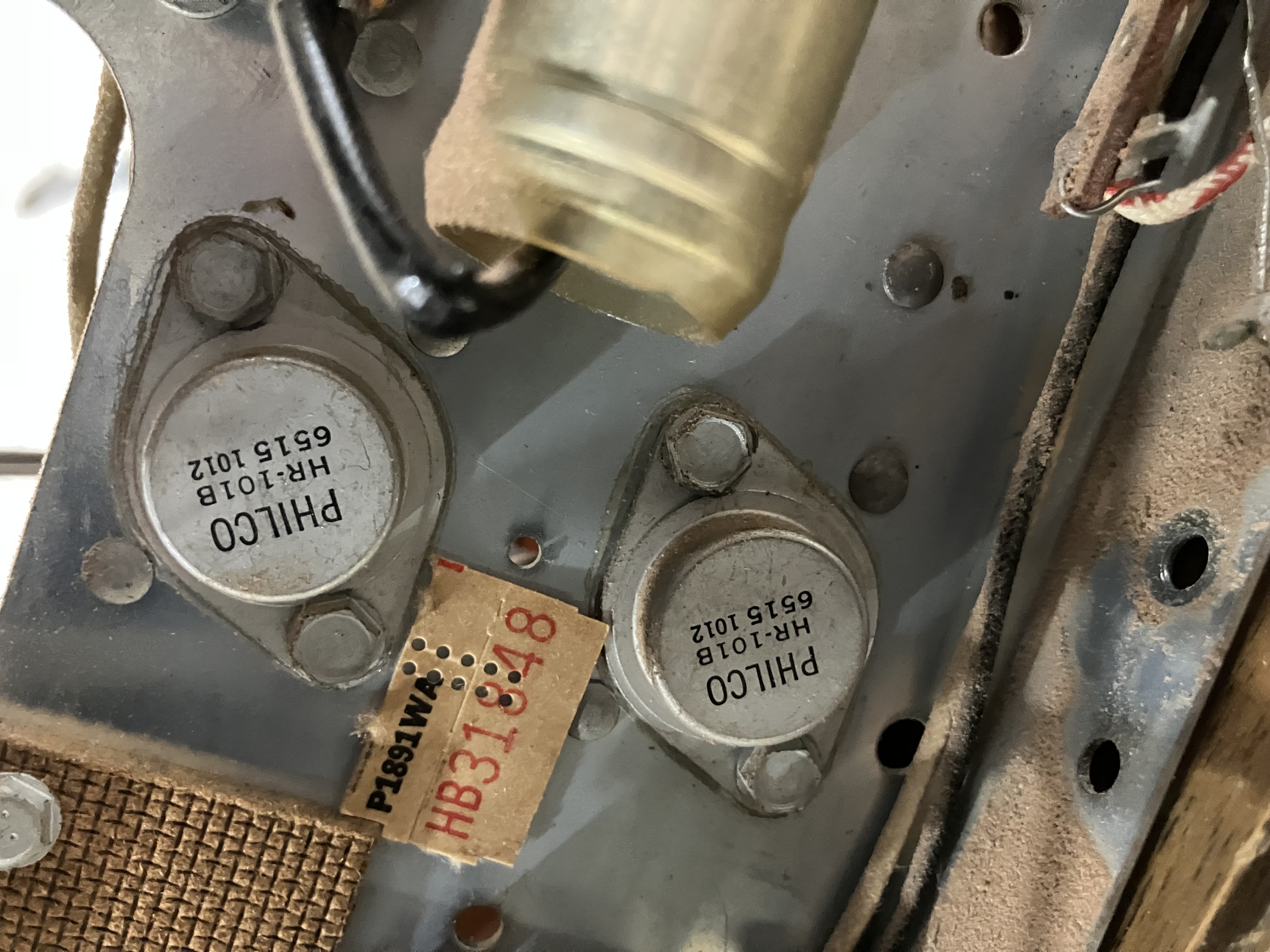

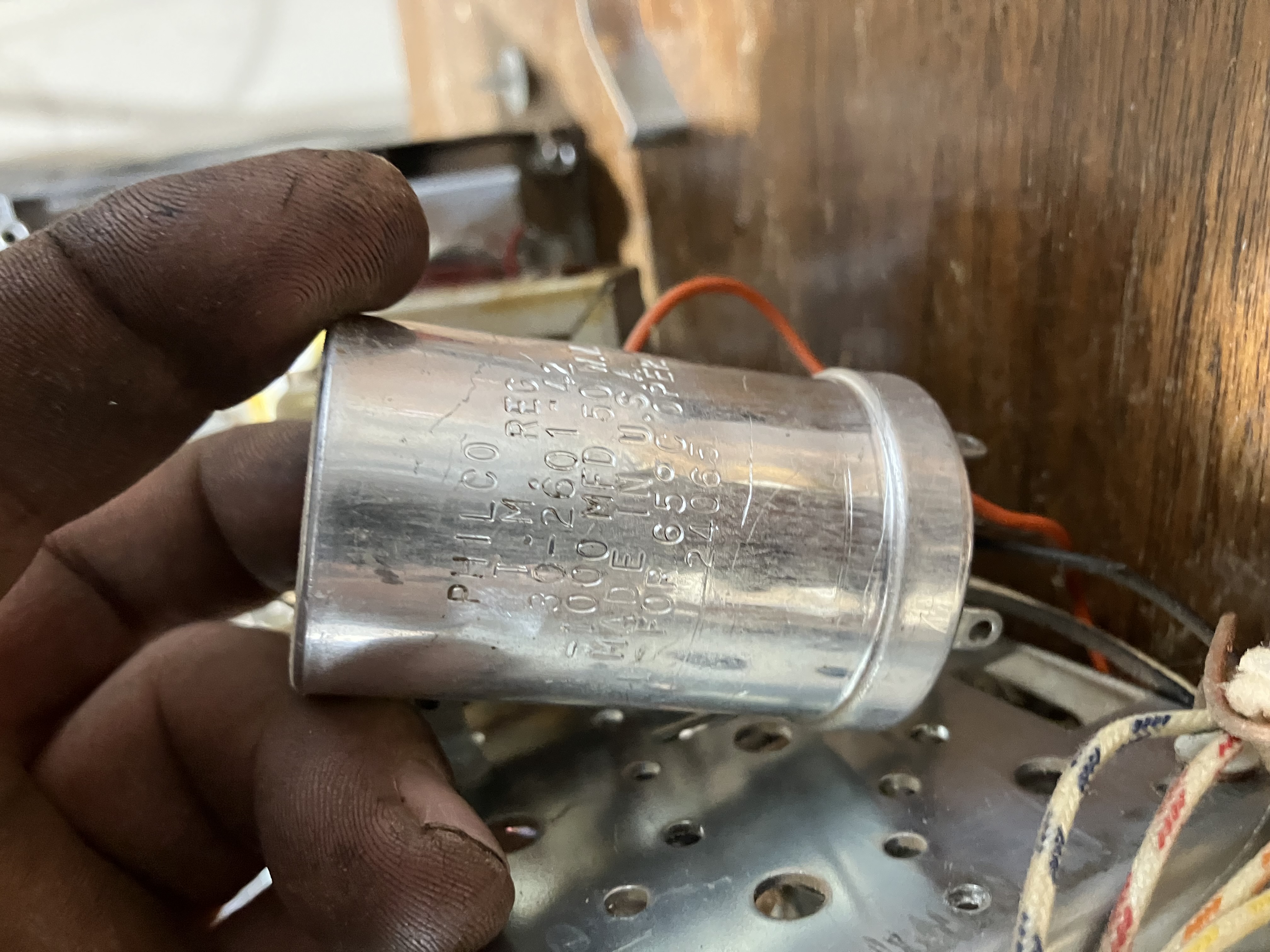
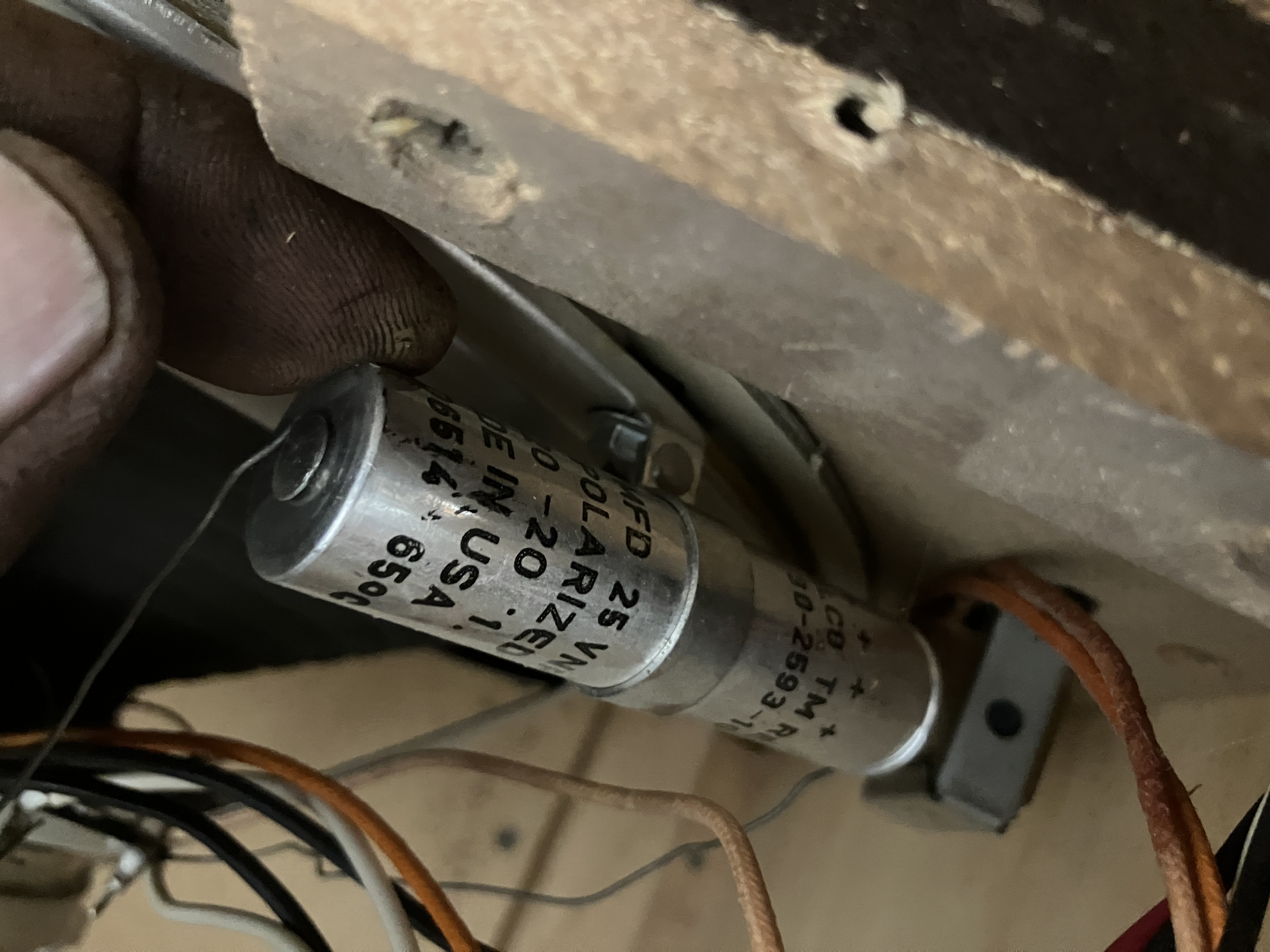
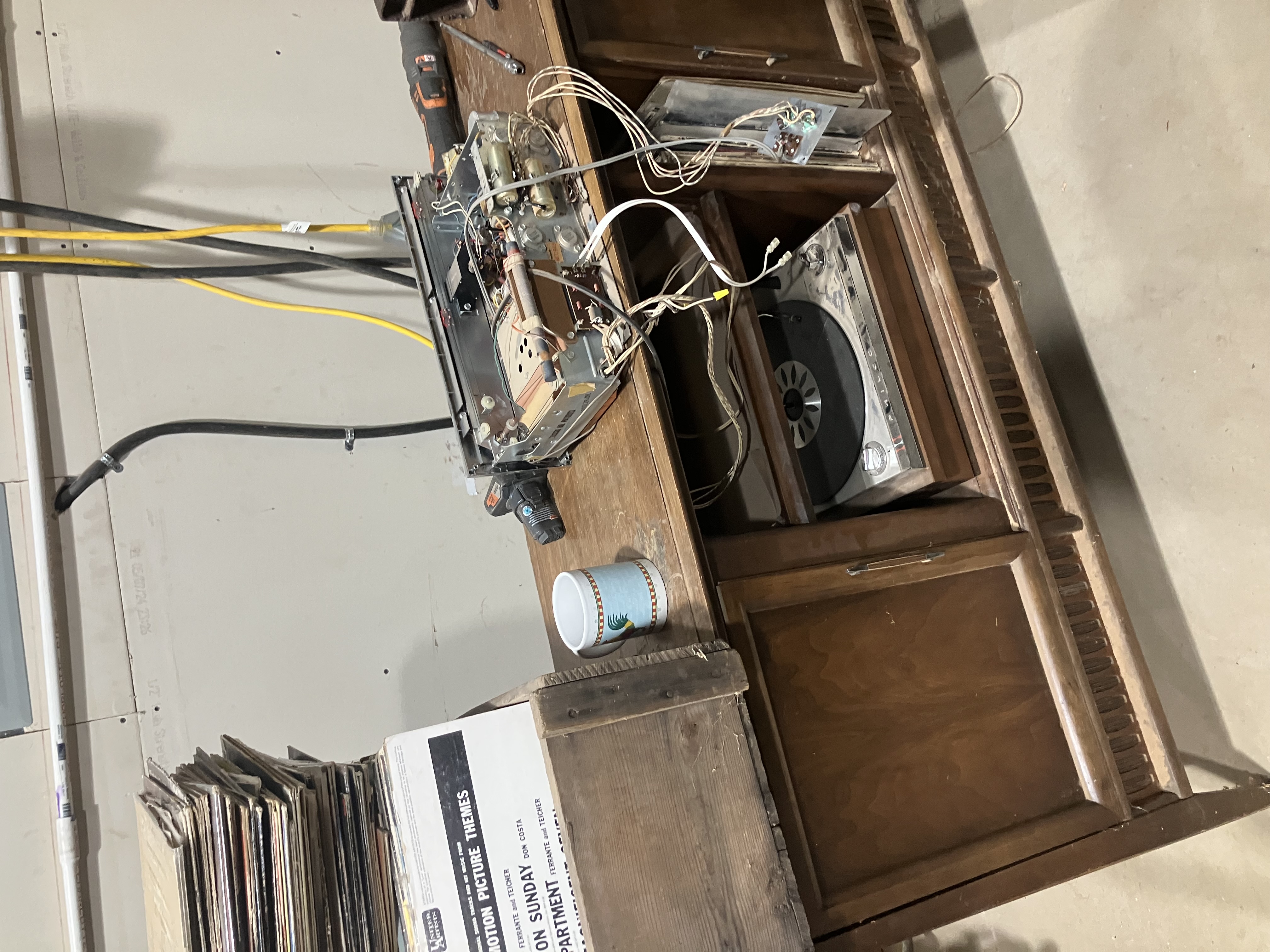
Posts: 2,172
Threads: 158
Joined: Jan 2013
City: Westland, MI
Welcome to the Phorum, Jeffcon! Replacement of the caps is a priority. Several threads are here with information on restuffing capacitor cans. Many of our members dabble in the early solid-state, so it shouldn't be long before others chime in! Take care, - Gary
"Don't pity the dead, pity the living, above all, those living without love."
Professor Albus Dumbledore
Gary - Westland Michigan
Posts: 3
Threads: 1
Joined: May 2025
City: Meadow Valley
State, Province, Country: California
Thank you! My little pea brain has been getting overwhelmed with TMI so I’m looking for some hand holding before I consider taking off the training wheels! Any insight anyone is willing to give would be much appreciated!
Posts: 5,177
Threads: 276
Joined: Nov 2012
City: Wilsonville
State, Province, Country: OR
We don't have information on a radio that "new" in the digital library but Sam's Photofacts has the schematic you can buy:
https://www.samswebsite.com/en/photofact.../id/115739
Posts: 1,144
Threads: 47
Joined: Feb 2015
City: Roseville, MN
Hello Jeffcon,
Welcome to the Phorum. You've taken a risky step in powering up 65-year-old electronics without having some form of protection. Luck was on your side, build yourself a "dim bulb" for this purpose. Since there's noise coming from the speaker you can probably eliminate, at least for now, the possibility the speaker voice coil I bad, though it could be rubbing on the magnet. Coils don't generally wear out, they either have a break in the wire or can short circuit to an adjoining wire. To test a coil of wire you will need a multimeter set to read ohms, then test the coil with the test leads and if you get a reading on the meter the coil is intact. This is the first thing I check when I work on a radio. If any coils are open circuit then it's a good bet the radio won't work and it's good to know this early on.
Since you have already "tested" most of the circuitry you can concentrate on what should be replaced, like capacitors. You can start with the power supply filter capacitors. Those aluminum cans are electrolytic capacitors and over time they deteriorate and become ineffective. Some of them have multiple capacitors within the can, these will have more than two connections. You can replace them with multiple single units. At this point I should mention you will have to know how to wield a soldering iron. Also it's really handy to be proficient in reading a schematic diagram so you can check off parts as you replace them and you will be able to get a replacement parts list. One more thing about the power transistors, they plug into connectors and since you have removed one you will have to coat the bottom with a silicon grease so the transistor can dissipate heat to the heat sink.
Keep asking questions so we know how you're coming along. It's a lot to learn, so be patient and careful.
Posts: 16,524
Threads: 573
Joined: Oct 2011
City: Jackson
State, Province, Country: NJ
Full recap is a no-brainer.
By full I mean full. No caps, with the sole exclusion being ceramics/mica, if present, should remain.
I won't be surprised if after that it will just work.
People who do not drink, do not smoke, do not eat red meat will one day feel really stupid lying there and dying from nothing.
Posts: 3
Threads: 1
Joined: May 2025
City: Meadow Valley
State, Province, Country: California
Thanks RodB and morzh, Am I using incorrect terminology regarding output transistor question whether they’re NPN or PNP? Seems to be different testing methods for each type.
Capacitors…. Cross reference for replacement capacitors, especially the large one is beginning to frustrate the heck out of me! Inernet search for comparable output transistors has yielded nothing useful to me. It could be so simple until it’s not.
Posts: 877
Threads: 51
Joined: Feb 2013
City: Shenandoah,
State, Province, Country: Pennsylvania
Hi Jeffcon, your HR-101 transistors cross reference over to an ECG-104 or RCA SK 3719 or an NTE104. It’s a PNP Ge (germanium) power output transistor!
Ron
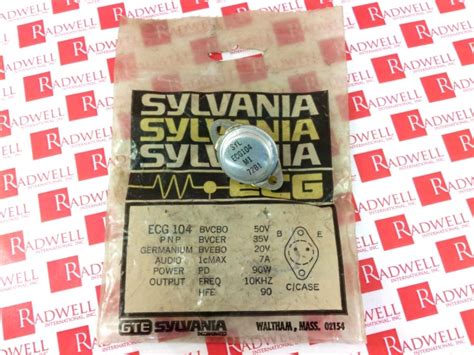
Bendix 0626. RCA T64 Philco 20B
Philco 41-250. Philco49-500
GE 201. Philco 39-25
Motorola 61X13. Philco 46-42 Crosley 52TQ
Philco 37-116. Philco 70
AK 35 Philco 46-350
Philco 620B. Zenith Transoceanic B-600
Philco 60B. Majestic 50
Philco 52-944. AK 84
Posts: 16,524
Threads: 573
Joined: Oct 2011
City: Jackson
State, Province, Country: NJ
Start with recap.
Address transistors only if needed.
Testing transistors is simple and is best done with an analog ohmmeter.
If it is a PNP, then:
- Unsolder two wires that are not connected to the case (the pins). In case all three terminals are insulated pins, unsoder any two.
- Locate the terminals designations: E, B and C.
- Set the Ohmmeter to "x1"
- With Negative lead (Negative does not necessarily mean black or Common: on old analog meters Common may carry positive when used as Ohmmeter; you could determin this with another voltmeter) on B, touch the Positive lead to C and E. There should be finite value of tens to hundreds Ohm measured in both cases.
- Switch Ohmmeter to x100
- Now reverse the polarity: connect Positive to B, and touch Negative to C and E. There should be no needle movement at all. The BE and BC junctions should be fully open.
- With the Ohmmeter set at the same range, touch CE with the leads, first one way, and then in reverse.
There should also be no needle movement.
Note. Make sure your hands to not touch probes' tips at any time - otherwise you will see some conducting when you should not.
Any of these not met, the transistor should be replaced.
Note: this does not test for "Beta". This is usually not necessary as transistors that have their junctions intact do not deteriorate much over time. If however you decide test for the "Beta", you need a specialized Multimeter with a socket and switch position made for it.
The static Beta could easily be measured with a couple of resistors, a potentiometer and a couple of batteries, but as I said, in your case it is likely not needed.
If however the transistors (or one of them) are bad, it then makes sense to buy a pair and replace both.
The transistors do not have to be matched well, as if both are PNP, then one will work as a follower and one as a CE (unless using a transformer push-pull arrangement which it is likely not). However making sure both have a good Beta makes sense.
People who do not drink, do not smoke, do not eat red meat will one day feel really stupid lying there and dying from nothing.
Posts: 1,144
Threads: 47
Joined: Feb 2015
City: Roseville, MN
You probably don't have to worry about replacing transistors until you finish the recap. If you find that a transistor should be replaced it must be replaced with the same type, either PNP or NPN. Like Ron noted above, you will have to purchase a substitute, as your original is no longer made. That's where caution should be used. You'll find several equivalent replacements and maybe several "close" replacements that may work.
Users browsing this thread: 3 Guest(s)
|
|
Recent Posts
|
|
Philco 370LZ chair side not a 71LZ
|
| I came across this post and I just redid my 370. My Question is: Where does the toner rod go. This one was in a bag a...Villager61 — 08:36 PM |
|
My collection presentation
|
| This will be a description of my twice favorite part of the collection.
First, these are my favorite battery radios.
S...Vlad95 — 06:25 PM |
|
Philco newbie with P-1891-WA console questions
|
| You probably don't have to worry about replacing transistors until you finish the recap. If you find that a transistor s...RodB — 10:19 AM |
|
Philco newbie with P-1891-WA console questions
|
| Start with recap.
Address transistors only if needed.
Testing transistors is simple and is best done with an analog ohmm...morzh — 09:01 AM |
|
462ron
|
| Hi Jeffcon, your HR-101 transistors cross reference over to an ECG-104 or RCA SK 3719 or an NTE104. It’s a PNP Ge (germa...462ron — 08:27 AM |
|
Philco newbie with P-1891-WA console questions
|
| Thanks RodB and morzh, Am I using incorrect terminology regarding output transistor question whether they’re NPN or PNP?...Jeffcon — 08:56 PM |
|
Philco newbie with P-1891-WA console questions
|
| Full recap is a no-brainer.
By full I mean full. No caps, with the sole exclusion being ceramics/mica, if present, shou...morzh — 03:57 PM |
|
My collection presentation
|
| This article has been updated.
A tutorial on capacitor restoration has been added.
How to repack an electrolytic cap...Vlad95 — 11:43 AM |
|
Philco newbie with P-1891-WA console questions
|
| Hello Jeffcon,
Welcome to the Phorum. You've taken a risky step in powering up 65-year-old electronics without having...RodB — 10:49 AM |
|
1949 Motorola 5A9M
|
| This is a nice little Motorola set that appears to be in relatively good shape. None of the external plastic case is br...klondike98 — 01:36 AM |
|
Who's Online
|
| There are currently no members online. |

|
 
|








![[-] [-]](https://philcoradio.com/phorum/images/bootbb/collapse.png)


